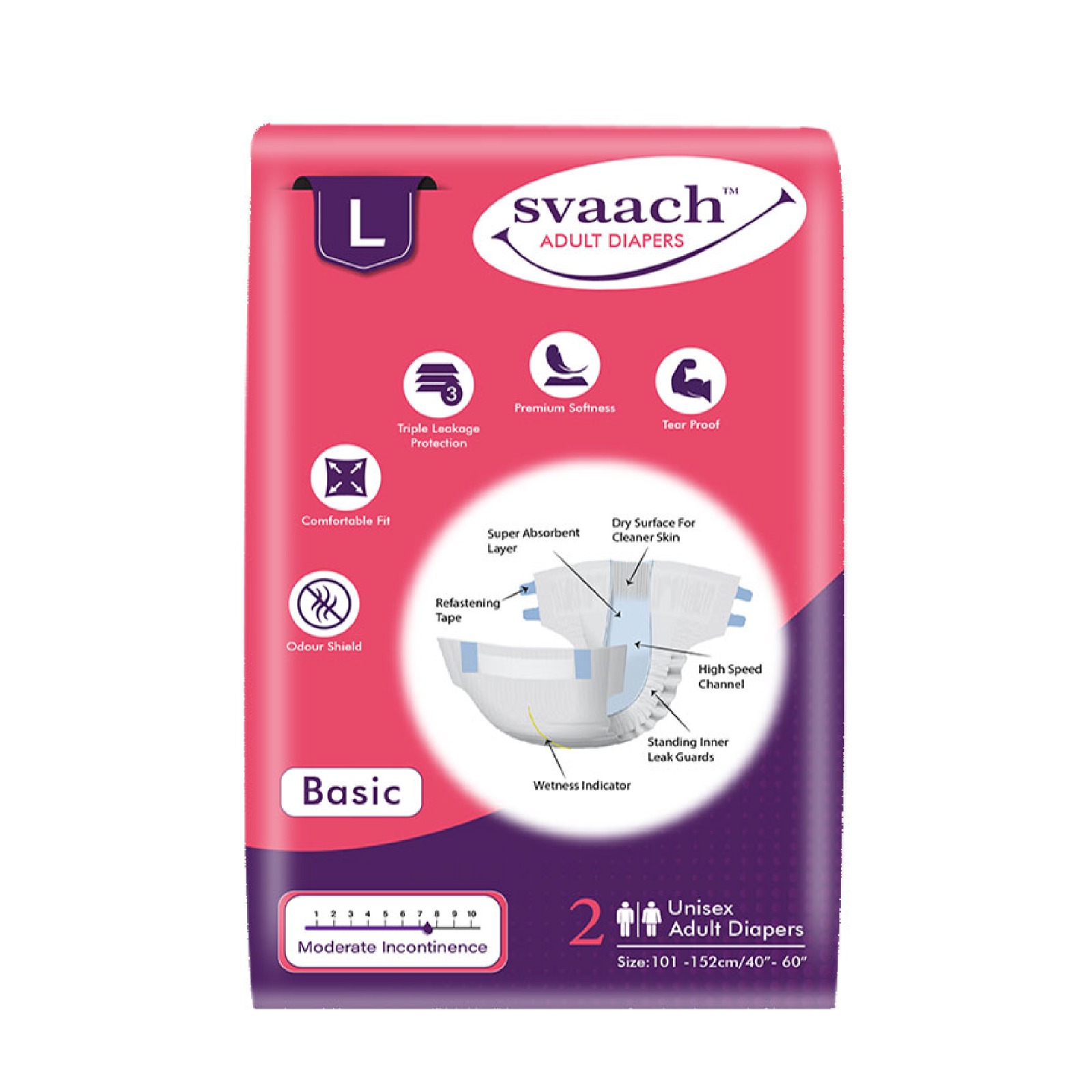Vertigo is a condition that is often characterized by dizziness and a sensation of spinning. It can be caused by a variety of factors, including inner ear infections, head or neck trauma, or even a stroke. No matter what the cause, vertigo can greatly reduce the quality of life and have a negative impact on daily activities. Fortunately, there are a variety of treatment options available for those suffering from vertigo.
What Is Vertigo?
Vertigo is a condition that causes a false sensation of movement due to a disturbance in the balance system in the inner ear. This can cause dizziness, lightheadedness, nausea, and a feeling of spinning or swaying. Many different factors can contribute to the condition, including inner ear infections, head or neck injuries, decreased blood flow to the brain, and even a stroke.
Vertigo can also be caused by certain medications or can develop due to age-related changes in the inner ear.
Symptoms of Vertigo
The symptoms of vertigo can vary in severity and duration, depending on the underlying cause. The most common symptoms include a feeling of dizziness and spinning, lightheadedness, nausea, blurred vision, and difficulty in concentrating. Other symptoms may include unsteadiness or a feeling of fullness in the ear.
Treatment Options For Vertigo
Once the underlying cause of vertigo has been determined, the doctor can then develop a treatment plan that is tailored to the individual’s needs. The type of vertigo treatment will depend on the severity and duration of the symptoms, as well as the underlying cause.
Medications
Medications can be used to reduce the symptoms of vertigo and help the patient cope with the condition. Common medications used to treat vertigo include anticholinergics, antihistamines, and benzodiazepines. These medications can be prescribed in pill form or in injections.
Physical Therapy
Physical therapy can be used to help strengthen the balance system in the inner ear and improve coordination. This can include exercises such as head and body movements, eye exercises, and balance training. Physical therapy can also help reduce the symptoms of vertigo, such as dizziness and nausea.
Surgery
Surgery may be required in some circumstances to treat vertigo. This is usually only recommended if the underlying cause is determined to be a tumour or other structural abnormality in the inner ear. Surgery may also be used to repair damage caused by trauma or infection.
Lifestyle Changes
Making some simple lifestyle changes can also help reduce the symptoms of vertigo. These can include avoiding alcohol and caffeine, avoiding activities that may trigger an attack, and getting plenty of rest. It is also important to maintain a healthy diet and drink plenty of fluids.
Alternative Treatments
In addition to traditional treatments, there are also some alternative therapies that may be helpful for those suffering from vertigo. Acupuncture, massage therapy, and herbal therapies are examples of these. It is important to discuss any alternative treatments with a doctor before beginning them.
Conclusion
Vertigo is a condition that can greatly reduce quality of life and have a negative impact on daily activities. Fortunately, there are a variety of treatment options available for those suffering from vertigo. These can include medications, physical therapy, surgery, lifestyle changes, and alternative treatments. It is important to discuss all treatment options with a doctor before beginning any treatment.





























